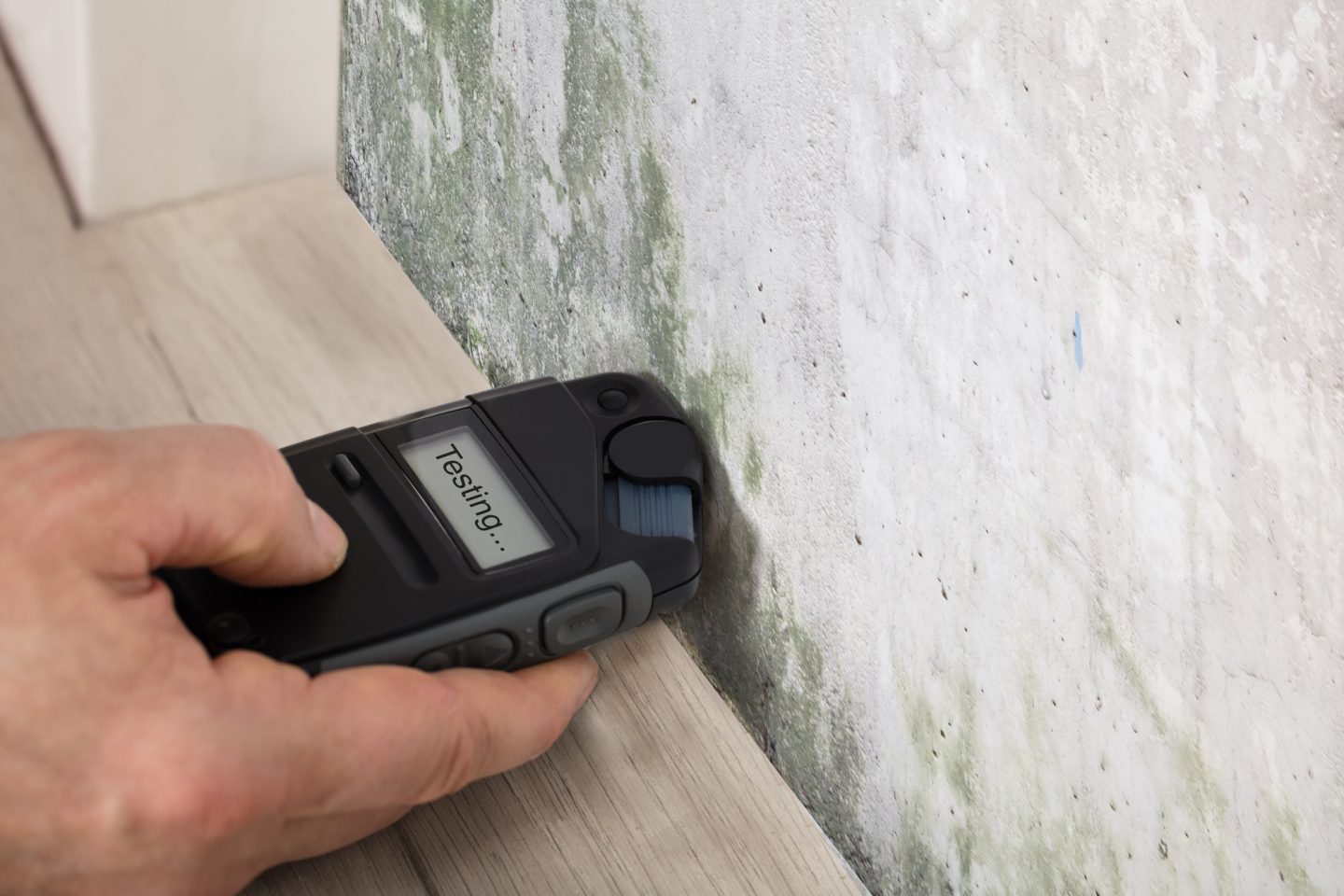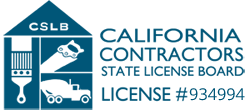
Mold is a common problem in many homes and can be a significant health hazard if left untreated. Many different types of mold can grow in your home, and each of them can affect your health differently.
Let’s look at some of the most common types of mold growing in your home and what you can do about them.
1. Aspergillus
Aspergillus is a type of mold commonly found in homes and can grow on various surfaces, including walls, ceilings, and floors. It can be especially prevalent in damp areas such as bathrooms, kitchens, and basements.
Aspergillus can cause respiratory problems, such as coughing and wheezing, and allergic reactions in some people.
2. Stachybotrys
Stachybotrys, also known as black mold, is a type of mold often found in damp and poorly ventilated areas, such as basements and bathrooms. It has a black or dark green appearance and can produce mycotoxins, which can harm humans.
Exposure to Stachybotrys can cause respiratory problems, nausea, headaches, and fatigue.
3. Penicillium
Penicillium is a type of mold that belongs to the Ascomycota division. It is a fungus that can grow in various environments, including soil, decaying plant matter, and even food items.
Penicillium can produce spores that the wind can easily carry, making it easy for the mold to spread from one location to another. It can cause respiratory problems, such as coughing and wheezing, and allergic reactions in some people.
4. Cladosporium
Cladosporium is a type of mold that belongs to the family of fungi known as Dematiaceous fungi. It is commonly found indoors and outdoors and often grows on plants and decaying organic matter.
Although it is generally considered non-toxic, it can cause respiratory problems, such as coughing and wheezing, as well as allergic reactions in some people.
5. Alternaria
Alternaria is a mold commonly found in homes and can be a significant health risk to individuals if left unaddressed. It can grow on various surfaces, including walls, ceilings, and floors, and can be especially prevalent in damp areas such as bathrooms, kitchens, and basements.
One of the biggest concerns with Alternaria is that it can produce mycotoxins, which are toxic substances that can be harmful to humans. These mycotoxins can cause a range of health issues, including skin irritation, respiratory problems, and even neurological symptoms.
Prevention and Treatment
1. Keep Your Home Dry
Mold thrives in damp environments, so it’s important to keep your home as dry as possible. Fix any leaks and clean up any spills or standing water as soon as possible.
2. Improve Ventilation
Good ventilation can help prevent mold growth by keeping the air moving and reducing humidity. Make sure your home has adequate ventilation in areas such as bathrooms and kitchens.
3. Use Mold-Resistant Materials
Consider using mold-resistant materials in areas prone to mold growth, such as bathrooms and kitchens. Look for materials designed to resist mold, such as mold-resistant drywall and paint.
4. Clean and Maintain Your Home
Regular cleaning and maintenance can help prevent mold growth by keeping your home clean and dry. Make sure to clean up any spills or standing water as soon as possible, and regularly clean areas such as bathrooms and kitchens where mold is likely to grow.
Conclusion
Mold is a frequent household issue that can lead to serious health risks if not dealt with. Various types of mold can exist in your home, and they can all impact your well-being differently. By preventing mold growth and addressing any existing mold issues quickly, you can ensure the safety of your home.
If you need mold remediation services in Torrance, CA, Restoration Masters is here to help. Our team of experts has the experience and knowledge to safely and effectively remove mold from your home or business. Contact Restoration Masters today to schedule your mold remediation service and ensure the health and safety of your property.





